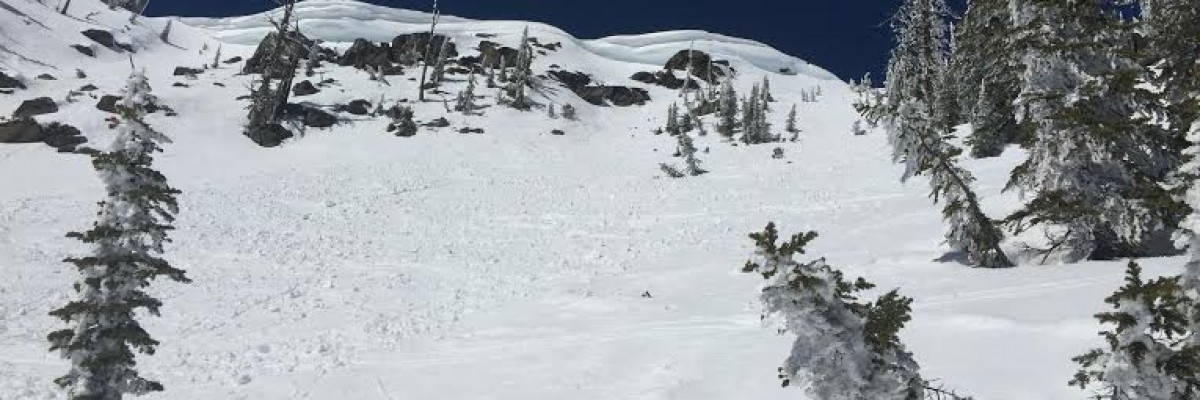The avalanche danger is moderate for all mountain locations in west central Montana. Human triggered wet avalanches are possible as conditions warm throughout the day. Careful terrain choices and good timing are the best defenses to avoid avalanches today.
Good morning, This is Logan King with the West Central Montana Avalanche Center’s backcountry avalanche advisory for Friday March 20, 2015. This information is the responsibility of the Forest Service and does not apply to operating ski areas.
Mountain temperatures are hovering around freezing this morning with a west north west wind in the 20’s and gusting up to 30mph at Point Six. SNOTEL sites recorded no significant precipitation through the advisory area for the past 24 hours.
The forecast looks to be warm and sunny in West Central Montana and temperatures are expected to climb to nearly 60 degrees at mountain locations in the advisory area. With the warm temps the main avalanche concern today will be wet slides. Rollerballs are a great sign that the snow is warm and wet enough to slide so if you see them starting up as the day carries on consider a change in aspect and elevation. The secondary concern today will be cornice failure. Remember when these warm spring days hit that cornices can be touchy so give them a wide berth.
It is officially spring and the forecast is calling for bluebird today and thunderstorms tomorrow. Avalanche danger will increase through the afternoon today as the warm temps and sun weaken the surface of the snowpack. Looking ahead; the majority of the advisory area has already seen rain on snow events but if a significant thunderstorm rolls through as predicted on Saturday conditions can deteriorate quickly.
There will not be an advisory issued on Tuesday next week, and Dudley will issue the next and last regularly scheduled advisory on Friday.














